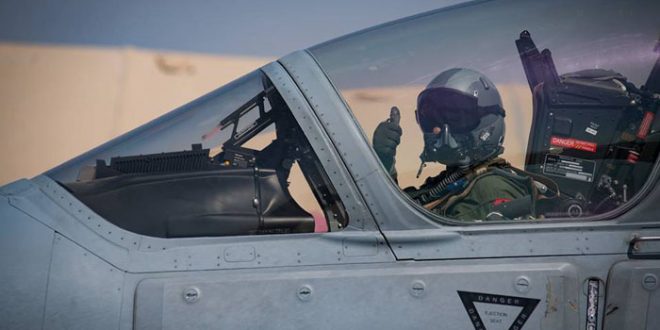Action on Armed Violence (AOAV) says 40 percent of all air strike victims from 2016 to 2020 were children
AT Monitoring Desk
KABUL: Around 40 percent of all civilian air strike casualties within the past five years in Afghanistan were children, a report said of the Action on Armed Violence (AOAV) said.
Data published on Thursday by Action on Armed Violence (AOAV) said of the 3,977 casualties caused between 2016 and 2020, 1,598 were children killed or wounded in attacks from the air.
“Sadly, these numbers are no surprise,” said Chris Nyamandi, country director for Afghanistan at Save the Children International. “Afghanistan has been the deadliest country for children for years.”
Leading up to the departure of U.S.-led forces expected later this year, casualties from international coalition air strikes more than tripled from 247 in 2017 to 757 in 2019, according to data (PDF) from United Nations Assistance Mission in Afghanistan (UNAMA).
The UN body’s concerns over air strikes on structures and in support of Afghan ground operations raised in 2018 went unheeded.
Nyamandi said for the past 14 years five children were killed or maimed in Afghanistan every single day.
“These are gut-wrenching numbers when you realise that these were children with futures, families, children who went to school and just wanted to live their lives in safety,” he said.
Iain Overton, executive director of Action on Armed Violence, said in 2018-19 the U.S. military dropped more munitions on Afghanistan than at the height of bombing in 2011 – a rate of more than 20 a day. Such heavy bombardment resulted in the deadliest year of air strikes for children in Afghanistan on record.
In 2018, there was an 85 percent increase from the year before, resulting in a rate of four child casualties every three days. The majority of these child casualties, 57 percent, were caused by U.S.-led international forces.
Play Video
“Children in Afghanistan live in constant fear of dying, or seeing loved ones killed – either from the air, or by a roadside bomb,” said Nyamandi.
“The conflict that has been raging for decades has plunged the country into one of the most severe humanitarian crises in the world, where millions of children are on the brink of hunger and need urgent support.”
After a deal was signed with the Taliban to end the war in March 2020, the United States scaled back its aerial operations. The U.S. Air Force also stopped publishing monthly air operations data in Afghanistan, something it had done since 2012. Since that time, publicly available figures on airstrikes by the U.S. military has not been available.
Future threats
According to Overton: “Despite the deadliness of the U.S. Air Force’s operations in the past five years, there is still concern about the future threat that the Afghan Air Force poses to civilians as they take control of aerial operations.”
Civilian casualties resulting from air strikes by the Afghan Air Force during the first six months of 2020 had tripled compared to the same time period in 2019, according to UNAMA.
Overton said with the U.S.-trained Afghan Air Force now set to take the lead on air attacks against a resurgent Taliban, “it’s clear the risk to civilians from aerial weapons remains and may worsen”.
The Afghan National Army maintains that over the years it has stepped up efforts to avoid civilian casualties during military operations. It says Taliban fighters hide in the homes of locals and hold hostages as human shields.
Military commanders accuse the Taliban of spreading rumors of civilian casualties caused by Afghan forces.
Al Jazeera reached out to the U.S. military and NATO for comment, but did not receive a response by publication time.
 Afghanistan Times
Afghanistan Times




